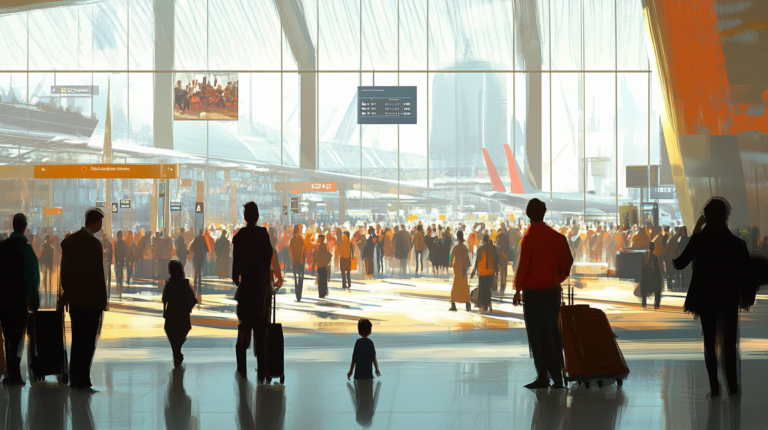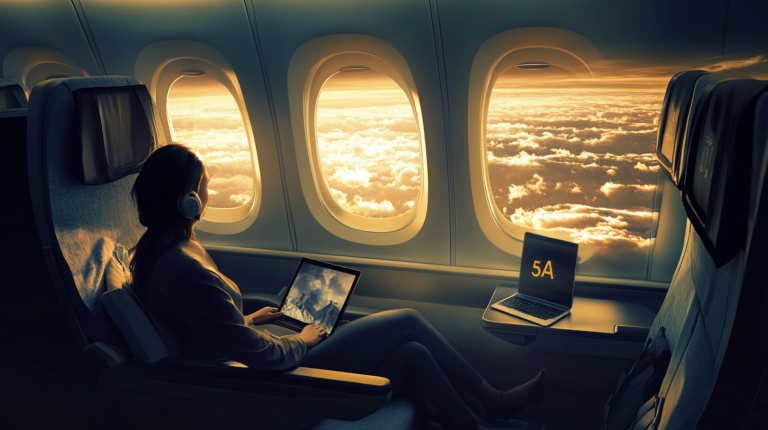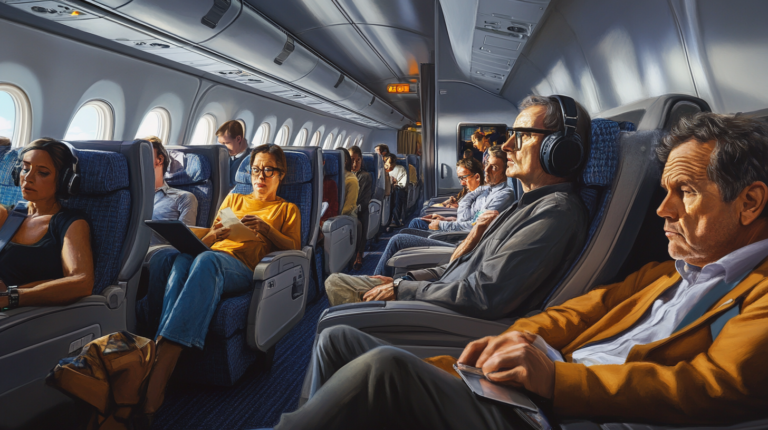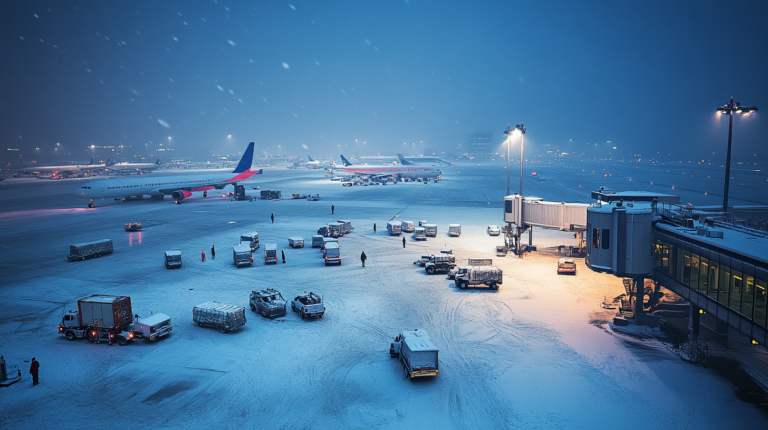6 Surprising Insights into Business Travel Expenses

I’ve always found that business travel offers an exciting glimpse into how global commerce really functions. In 2025, corporate trips are back on the rise, giving many of us the chance to reconnect in person after years of remote disruptions. But with lodging rates, airfare, and dining on an upward trend, average per-trip costs have reached around $1,018. As I’ve observed across various conferences and networking events, those expenses can quickly add up without careful oversight.
1. The Soaring Global Market
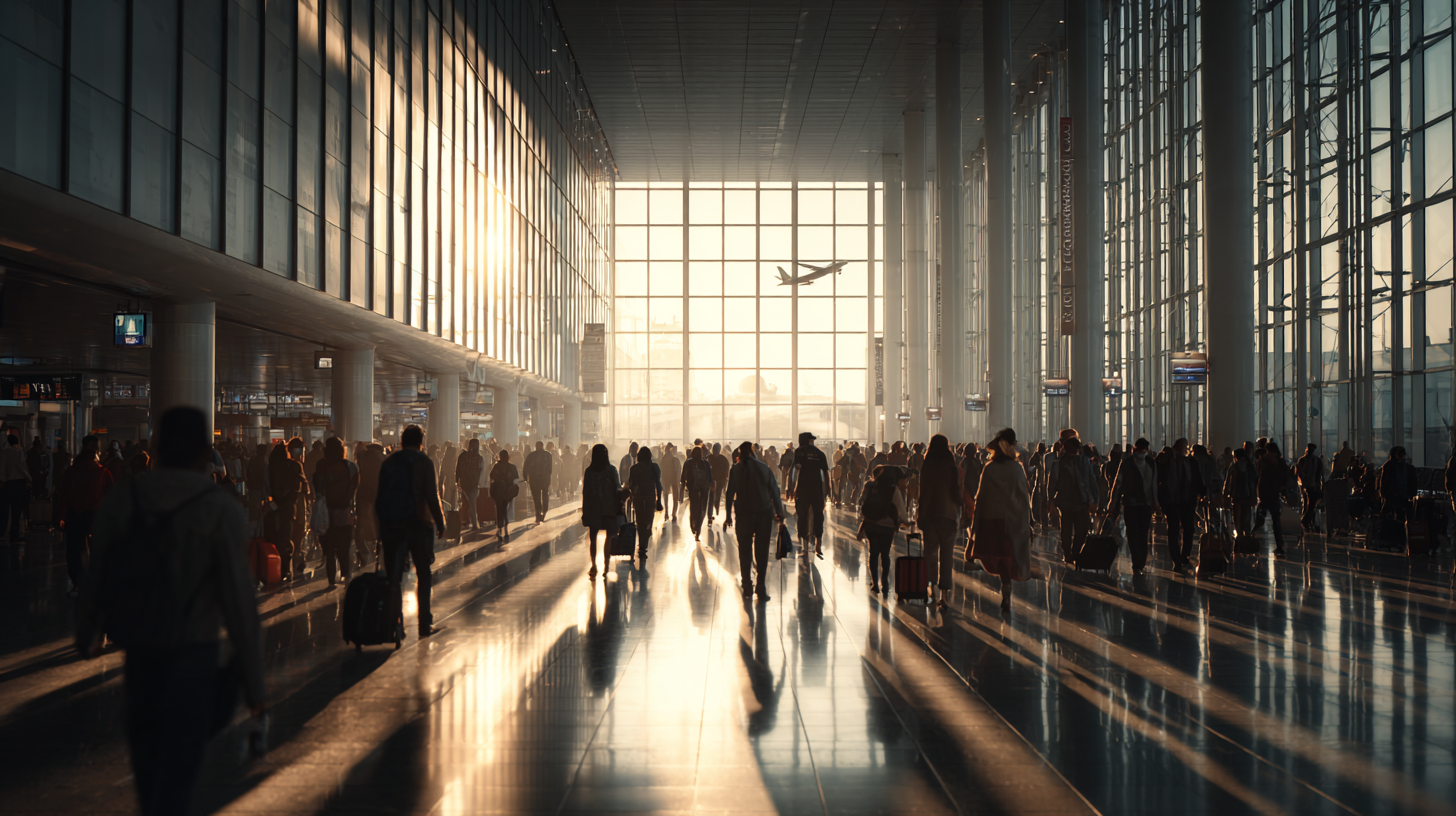
According to a 2024 study by the Global Business Travel Association (GBTA), the market is projected to exceed $1.6 trillion by 2026. Despite improved virtual meeting technologies, face-to-face engagements remain crucial for many industries. I’ve noticed firsthand how in-person conferences often foster deeper ties and faster decision-making, resulting in long-term partnerships that purely virtual methods struggle to replicate.
In the United States alone, business travel is reported to generate roughly $387 billion annually. While that sounds massive, it underscores the importance of each trip. Even though business travelers make up only about 12% of total airline passengers, they account for up to 75% of revenue for major carriers. In my own travels, I’ve observed packed flights with corporate teams heading to HQ summits, product launches, or urgent client visits. Everyone’s feeling the squeeze on costs, but few can deny the value of these in-person meetings.
Still, those figures can shift rapidly. Industry data predicts that domestic business journeys will hit 447 million by next year, suggesting further price climbs. Keeping an eye on these trends helps me plan itineraries—and guide fellow travelers—so we maximize each trip without draining the budget.
2. Domestic vs. International Price Tags

When I first ventured into international business travel, I was floored by the price difference compared to domestic trips. Domestic jaunts typically clock in at around $949 to $990 per traveler for a three-day excursion, while international journeys can soar to $2,525 or more for a five- or six-day trip. These higher costs include airfare, lodging surcharges, and extended meal allowances that can all compound quickly.
I’ve found that timing and flexibility can make a substantial difference. Booking international flights well in advance, or even during off-peak days, can slice hundreds off airfare. According to industry data, travelers who reserve international flights at least 45 days ahead often save up to 20% on tickets. I’ve tested this approach myself when planning overseas conferences, and it’s made a notable impact on my travel budget.
Additionally, certain airlines offer route deals that can be combined with lodging packages, which might lessen the overall burden. I’ve noticed, though, that these promotions can be time-sensitive and quickly vanish if you’re not ready to book. Staying alert to flash sales and promotions remains one of the best strategies for cutting costs on longer international treks.
3. Lodging, Airfare, and Dining Dominate

Lodging can consume nearly 34% of a trip’s total cost, making it the single biggest line item. I’ve seen how quickly those nightly rates pile up, especially in cities with high occupancy taxes and additional fees. Premium upgrades, such as executive lounge access or extended stays, add even more to the final tab. Still, lodging isn’t the only heavy-hitter—airfare follows close behind, hitting anywhere from $700 to $834 more for premium seat upgrades.
On top of that, dining and daily meals often eat into over 20% of a corporate travel budget. I’ve personally found that searching for local eateries can be both cost-effective and culturally enriching. Grabbing a quick meal from a hidden gem café near a conference venue can help me stretch my dining budget without sacrificing a quality experience. A recent hotel industry report even suggests that negotiating corporate catering deals can lower dining costs significantly when you’re sending multiple employees to a single destination.
It’s also worth factoring in the hidden extras: airport transfers, baggage fees, and resort charges. While these might look small on paper, they can run up big totals when repeated over multiple trips. My tip is always to review expenses from previous travels to identify patterns, then negotiate with vendors or choose accommodations that align with your spending goals.
4. The Rise of Bleisure and Upgrades

Recently, I’ve seen more professionals blending business with leisure—often called “bleisure.” This trend especially resonates with younger travelers who want to experience a destination beyond the boardroom. Industry data suggests an 8% rise in these extended stays in 2024, and I’ve had similar experiences tacking a weekend onto a work trip just to explore local sights or venture out on a short cultural excursion.
When corporate policies allow, many travelers opt to pay out-of-pocket for comfort upgrades, be it premium seats on long-haul flights or boutique hotels closer to the city center. I’ve indulged in a few such upgrades myself when the journey was long enough to warrant extra legroom or an expedited check-in. While it’s not always feasible, budgeting some leeway for these perks can keep travel fatigue at bay and maintain productivity across the journey.
A lot of this shift has to do with changing workplace expectations. According to a recent survey by Deloitte, over 60% of companies have relaxed travel rules, giving employees more freedom to personalize their experiences. Nevertheless, a clear policy that balances flexibility with cost controls ensures no one returns to the office with a staggering expense report.
5. Strategies for Smarter Budgeting

I’ve discovered a variety of approaches that companies use to rein in business travel expenses. One method is dynamic budgeting, where teams update spending thresholds in real time based on market fluctuations. This can help counteract sudden airfare hikes or seasonal lodging surcharges. Personally, I like the adaptability of this model—it allows me to pivot if a strong deal or discount emerges during my planning phase.
Another tactic is to impose strict caps on daily allowances. While that can curb overspending, it might not always factor in location-specific variables, like a trade show happening in a particularly high-cost city. Drawing from my own experience, if I’m traveling for an event in, say, Silicon Valley, it’s crucial that I budget extra for lodging since rates can skyrocket around major tech conferences. Having a well-researched policy ensures travelers aren’t caught off-guard once they arrive.
Finally, I recommend a good post-trip debrief where travelers review how their budgets stacked up against actual spending. It’s an eye-opening exercise that helps refine future policies. Even small categories like Wi-Fi charges or rideshare expenses can add up quickly. Staying mindful of these details can help you optimize every trip going forward.
6. Tech Tools for Tracking Expenses

We live in a near-future dominated by AI and augmented reality travel aids, and it’s no surprise that technology has revolutionized expense tracking, too. I use travel management platforms like Itilite to streamline bookings and keep an eye on real-time expenses. It feels like having a personal assistant who consolidates everything, from flight details to hotel charges, in one dashboard.
For mileage reimbursements, solutions such as SureMileage have cut the guesswork out of route calculations. A recent analysis by a leading global finance consultancy showed that automated mileage tracking reduced claims inaccuracies by 15% in the past year alone. In my experience, that translates to fewer disputes and faster approval processes—which means teams can refocus on their actual work.
In 2025, these tools continue to evolve with features like predictive budgeting. I’ve tested systems that simulate a trip’s total cost based on real-time data, even factoring in local event surcharges. Embracing this sort of innovation can empower businesses to stay one step ahead in forecasting and controlling their travel expenditures.
Final Thoughts

Business travel might come with a hefty price tag, but with the right strategies, it remains an investment that pays off. We’re seeing a future rich in collaboration technologies, yet in-person connections still hold their own unique power. By keeping tabs on lodging costs, airfare deals, dining strategies, and advanced planning tools, we can strike a balance between meaningful face-to-face interactions and financial responsibility.
As the world continues to open up, adopting travel policies that blend flexibility, accountability, and forward-thinking tools is crucial. Staying informed about market shifts and leveraging the latest tech can ensure each trip delivers value—not just in deal-making, but also in personal growth and company-wide connections.
Amelia Yeaher’s Take
From my vantage point, business travel remains one of the most dynamic ways to spark innovation. Nothing beats the spark of a real handshake or the energy of a team brainstorming session in the same room—even if we have to juggle higher airfare and hotel rates along the way.
There’s also a deeper passion for discovery that resonates with me as an aviation enthusiast. Tracking cutting-edge tech tools and learning about new budgeting models can transform business travel from a mere necessity into a more gratifying, well-managed journey.


